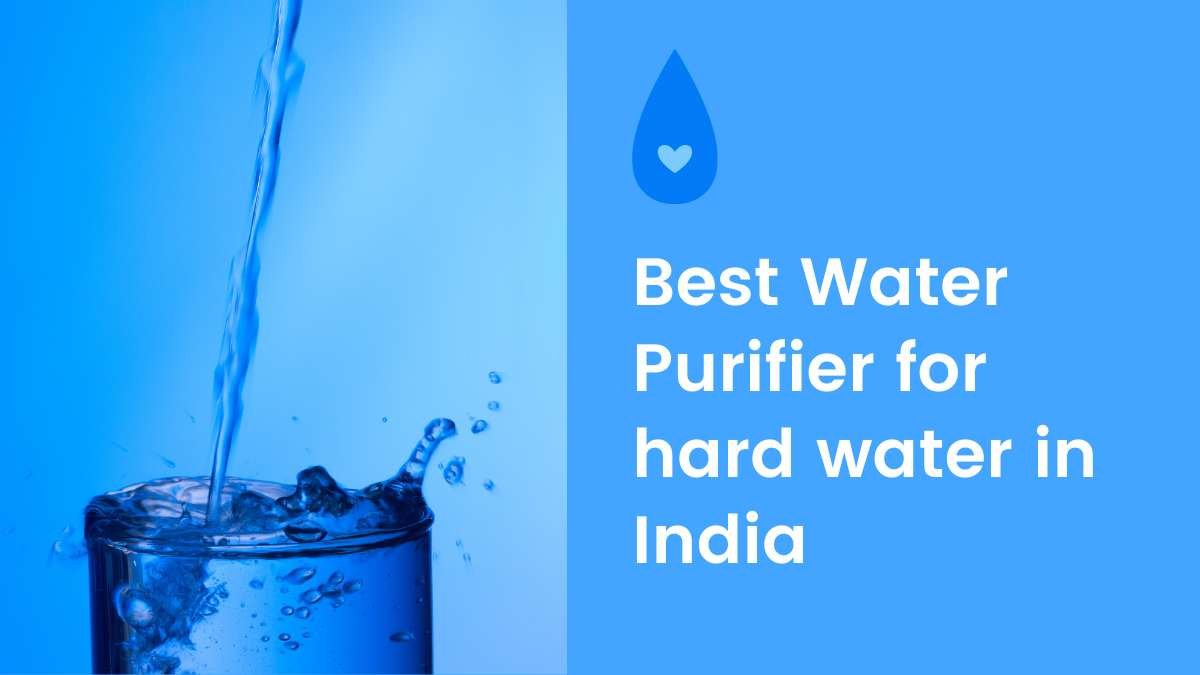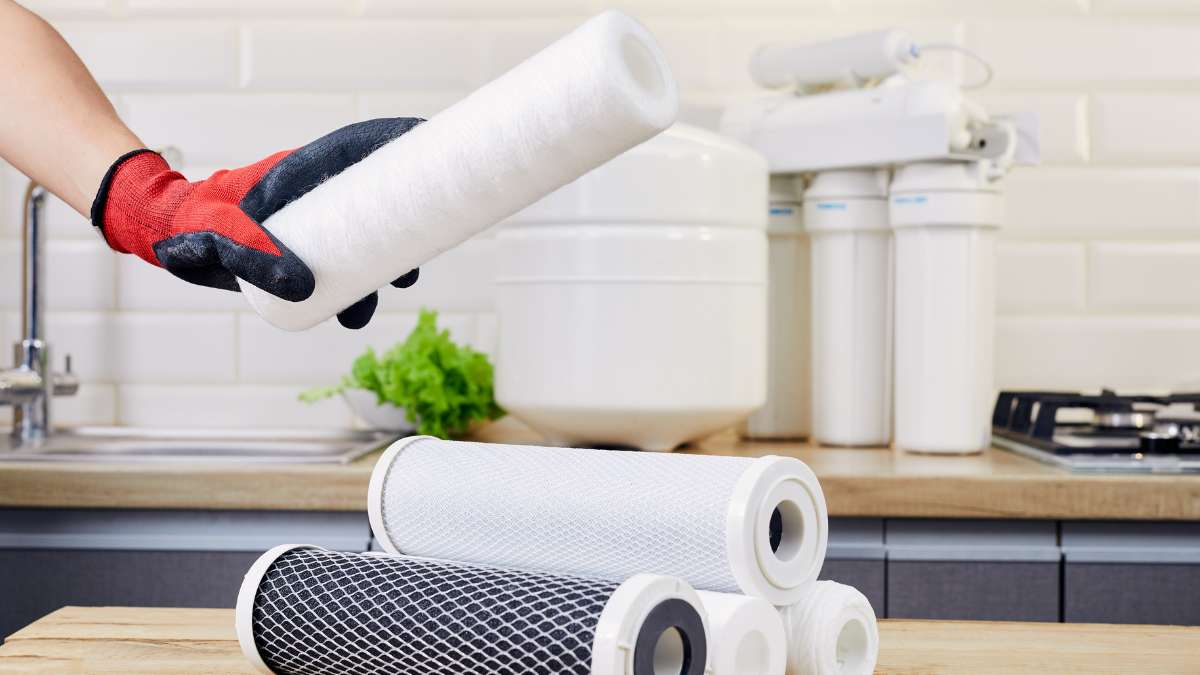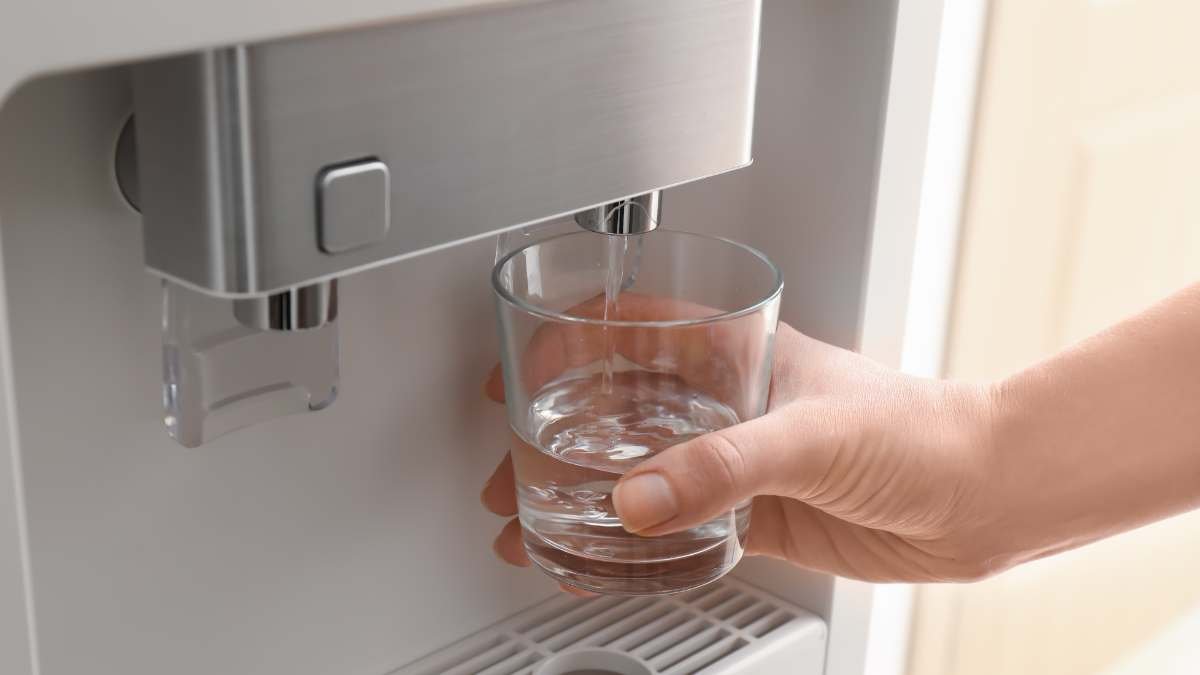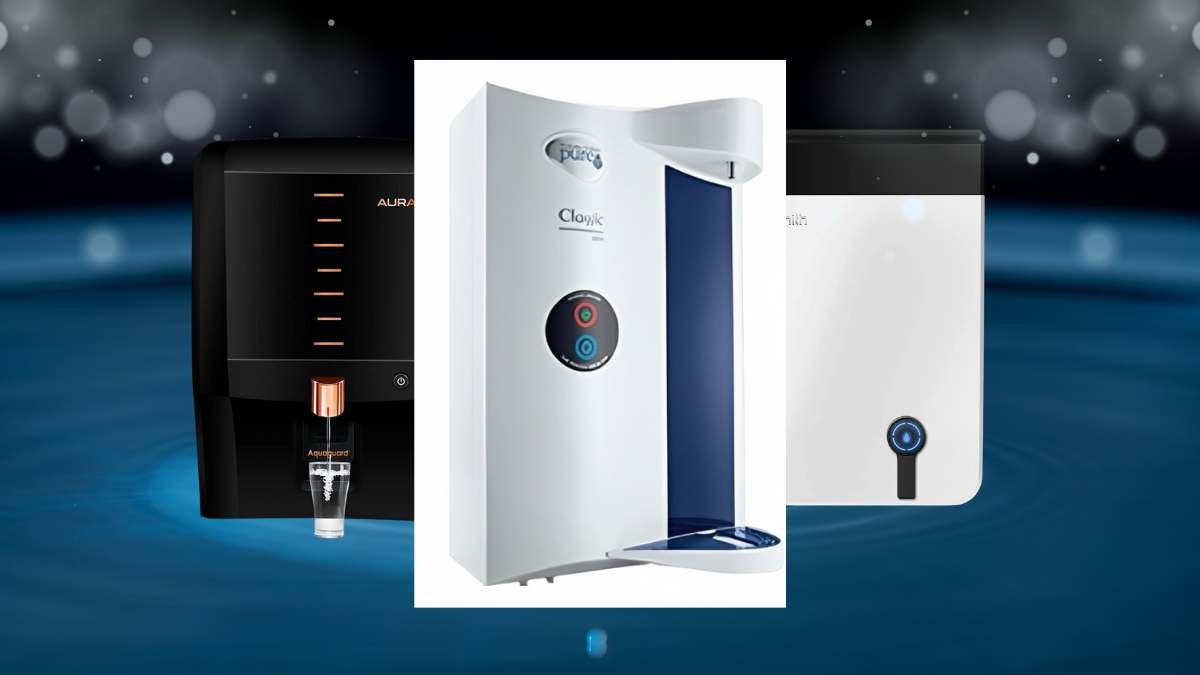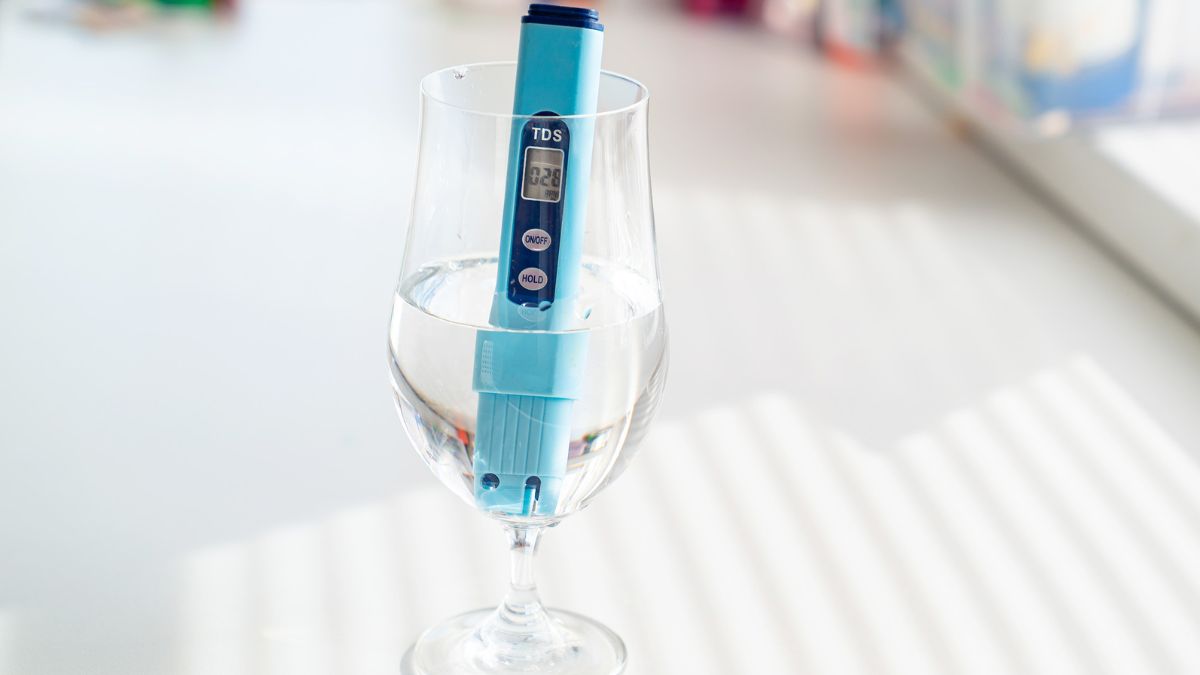
Total Dissolved Solids (TDS) is an important measurement of overall water quality. But how much TDS is considered safe and healthy? This comprehensive guide examines the ideal TDS levels, health impacts, testing methods, and tips for regulating TDS in drinking water.
What is TDS in Water?
TDS stands for Total Dissolved Solids. It is a measurement of the total amount of inorganic salts, metals, minerals and organic matter dissolved in water. TDS includes anything present in water besides the actual water (H2O) molecules.
Some common examples of dissolved solids found in water include:
- Calcium
- Magnesium
- Sodium
- Potassium
- Iron
- Manganese
- Copper
- Chloride
- Sulfates
- Bicarbonates
- Nitrates
- Phosphates
- Carbonates
- Silica
- Organic compounds
- Pesticides
- Herbicides
- Industrial waste
- Sewage
So, TDS is an important indicator of overall water quality and purity. Higher TDS indicates more dissolved concentrations of these inorganic salts and organic compounds.
Why Measure TDS Levels?

There are several crucial reasons to measure TDS levels in water:
- Taste – Higher TDS makes water taste more mineralized, while low TDS water can taste flat, bland or distasteful. There is an acceptable TDS taste range before levels get too high or low.
- Nutrients & Minerals – TDS provides essential minerals like calcium, magnesium, and potassium which have health benefits. However, very high mineral water can also be unhealthy.
- Contaminant Detection – Elevated TDS levels can indicate the presence of contamination from industrial waste, sewage, fertilizers, leaching of soil contamination, or saline intrusion of ocean water.
- Conductivity & Water Balance – TDS directly affects conductivity and water chemistry parameters like pH, alkalinity, and hardness. This impacts applications like pools, boilers, and aquariums where proper water balance is critical.
- Corrosion & Buildup – High TDS water can be more corrosive to pipes, appliances, and surfaces. Low TDS water can lack the minerals needed to prevent corrosion.
So, testing TDS on a regular basis helps monitor for potential health hazards, detects changes in water quality over time, and ensures water mineral composition is appropriate for its intended use.
TDS Level Recommendations
Ideal TDS levels can vary significantly depending on your geographic location and water source. Here are some general guidelines:
- The EPA secondary standard limit for TDS in drinking water is 500 mg/L (or ppm).
- WHO recommends TDS remain below 1000 mg/L to avoid potential health risks and unacceptable changes in taste.
- Water with a very low TDS under 50 mg/L tends to taste flat, lack minerals, and be corrosive.
- TDS between 150-300 mg/L is considered excellent drinking water quality.
- Water between 300-600 mg/L is considered good quality. 600-900 mg/L is fair, but may impact taste and solubility of minerals.
- Levels over 900 mg/L are increasingly unpalatable. The taste becomes strongly mineralized and unpleasant for most people above 1000 mg/L.
- For swimming pools, ideal TDS is 200-400 mg/L for regular freshwater pools. 3000-5000 mg/L TDS is typical for saltwater pools.
- For reverse osmosis filtration systems, source water should have a TDS less than 1000 mg/L for the membrane to function effectively. Higher levels lead to faster fouling and require frequent membrane replacement.
Testing TDS Levels
There are some simple methods to test TDS at home:
- TDS Meters – Handheld electronic TDS meters measure the conductive properties of water. They are inexpensive (<₹500), quick and easy to use. Just submerge the probe in water and read the TDS concentration on the digital display.
- Test Strips – TDS test strips provide color-coded results based on concentration when dipped in water. They are more affordable but less precise than electronic TDS meters.
- Advanced Meters – More complex digital water quality meters (~$50) measure additional parameters like resistivity, conductivity, salinity, and temperature along with TDS. This provides a more complete water chemistry profile.
Ideally TDS should be tested on a regular basis, such as monthly or quarterly. Levels can fluctuate over time so it is important to monitor water quality long-term.
Compare TDS measurements from different water sources around your home. Test both before and after filtration systems to determine their effectiveness at removing TDS.
If noticing any changes in taste, odor, color or sediment, test more frequently to identify potential problems early. Keep a log of TDS readings over time.
Dangers of Low TDS Water
While high TDS water has more acute health risks when contaminated, consuming water with extremely low TDS can also be unhealthy long-term. Some potential issues with low mineral water include:
- Taste – Water that is stripped of TDS minerals tastes flat, empty and unrefreshing. The lack of dissolved solids makes it less thirst quenching and appealing to drink.
- Pipe Corrosion – Low-TDS water is often quite acidic and corrosive. It can corrode distribution pipes, leaching lead, copper and other metals into the water.
- Nutritional Deficiencies – Water very low in essential minerals like calcium, magnesium, sodium and potassium may not provide sufficient dietary intake of these nutrients when consumed over time. This can lead to electrolyte imbalances and neurological issues.
If your home’s water supply has a low TDS, some simple remedies include:
- Add trace mineral drops or electrolyte powders to raise TDS.
- Filter through calcite or crushed coral media to increase water hardness.
- Use a carbon filter to improve flat taste.
- Mix in some boiled, distilled or bottled water with higher mineral content to raise TDS.
- Install an alkaline water ionizer.
Dangers of High TDS Water
Conversely, a high TDS indicates elevated concentrations of dissolved solids. This can include harmful inorganic salts, heavy metals, organic contaminants, and toxic pollutants:
- Salinity – High TDS water tends to have increased salinity and salt content. While chlorides and sodium have low toxicity, they negatively impact taste and can exacerbate some health conditions.
- Hardness – Excess calcium and magnesium ions lead to hard water, which causes scale buildup in pipes and plumbing fixtures. Hard mineral deposits form on surfaces.
- Heavy Metals – Lead, arsenic, aluminum, mercury, cadmium, copper, and other heavy metals dissolve more readily in high TDS water. These metals are severely toxic even at low concentrations.
- Agricultural Runoff – Fertilizers, pesticides, insecticides and herbicides contain high TDS levels that leach and run off from farms into ground and surface water. This can contaminate drinking water sources.
- Industrial Waste – Many industrial manufacturing processes produce dissolved solids as waste byproducts, including toxic organic chemicals, acids, sulfur compounds, mercury, etc. These can enter water systems.
According to EPA secondary drinking water standards, TDS levels above 500 mg/L are considered high and may result in undesirable effects such as mineral buildup, corroded pipes, and unpalatable taste.
Levels from 1000-2000 mg/L are very high and begin to create significant issues. Anything above 2000 mg/L becomes unsafe to consume without treatment to remove excess TDS.
Reducing High TDS at Home
To decrease high TDS levels in your home’s water supply, several filtration and treatment solutions include:
- Reverse Osmosis – RO systems use a semipermeable membrane to effectively remove dissolved solids, minerals, particulates, microbes, and organic contaminants. They can eliminate up to 99% of TDS.
- Distillation – Distillers involve boiling water and condensing pure steam vapor, leaving behind most TDS as mineral deposits in the boiling chamber. Provides very low TDS water.
- Evaporation & Crystallization – Slowly evaporating water concentrates TDS as crystals that can be filtered out. This mimics natural atmospheric water cycle purification.
- Activated Carbon Filtration – Activated charcoal adsorbs some heavy metals, chlorine, pesticides, industrial chemicals and other organic contaminants. Helps reduce TDS.
- Water Softeners – Ion exchange water softeners remove excess hardness minerals like calcium and magnesium that contribute scaling. Softeners do not remove most other TDS though.
- Deionization – Deionizers use an ion exchange resin to attract and remove mineral salts and charged ions from water through electrostatic adhesion. They can effectively eliminate TDS.
- Dilution – In some cases, simply diluting high TDS well or tap water by mixing with other lower TDS sources like bottled water or collected rainwater can decrease the overall TDS concentration to safer levels.
- Magnetic or Catalytic Treatment – Some whole house systems use magnets or catalytic media to structure water in ways that prevent mineral scale buildup. This allows higher TDS water to remain in solution.
TDS Level Impacts
The ideal TDS concentration depends on the intended use of the water. Here are typical healthy ranges for different applications:
- Drinking Water – 150-300 mg/L is considered best for taste and health. Up to 500 mg/L is acceptable by EPA standards before quality suffers noticeably.
- Cooking Water – 50-150 mg/L allows flexibility for recipes and extraction of flavors. Higher TDS mutes tastes.
- Coffee & Tea – For best extraction and flavor, 50-200 mg/L is recommended. Scale buildup occurs above 200 mg/L.
- Pools & Hot Tubs – 200-400 mg/L for freshwater pools. 3000-5000 mg/L for saltwater pools and spas.
- Fish Aquariums – 100-150 mg/L is ideal for most freshwater tropical tanks. Up to 2500 mg/L works for saltwater reef setups.
- Hydroponics – 400-500 mg/L provides a balance of minerals for plant growth and mitigates equipment corrosion.
- Automotive Uses – 50-100 mg/L prevents mineral buildup in engines, boilers, cooling towers. Low TDS recommended for batteries and window cleaning.
- Industrial Processes – High purity water with <10 mg/L TDS is required for manufacturing computer chips, chemicals, pharmaceuticals and more.
Checking TDS Regularly
It is important to test water frequently from different points in your home to monitor TDS levels over time.
- Check both municipal tap water as well as post-filter water to gauge filtration effectiveness.
- Well water should be tested monthly to detect potential contamination or saltwater intrusion.
- Inspect water softeners and conditioners by testing before and after to confirm they are working.
- Test water at different taps – kitchen, bathroom, outdoor hose bibs, etc.
- Compare TDS in water heaters, reservoirs, and distribution lines to the main line.
- Keep logs of all results to identify trends and shifts in TDS over weeks, months or years.
- If TDS is borderline, increase testing frequency to twice per month.
Consistent TDS monitoring ensures your water supply maintains safe, potable TDS levels suitable for all household and consumption needs. Rapid increases may indicate new sources of pollution or contamination requiring treatment.
Frequently Asked Questions
What TDS level is normal for drinking water?
Drinking water with 150-300 mg/L TDS is considered normal and ideal. Levels up to 500 mg/L are acceptable by EPA standards before taste and mineral content become too high.
Is mineral water good or bad for health?
Mineral water with 50-150 mg/L TDS provides beneficial minerals like calcium, magnesium, and potassium. But excessively mineralized water above 300 mg/L can cause negative health effects over time. Moderation is key.
Can low TDS water be unhealthy to drink?
Yes, extremely low TDS water below 50 mg/L may lack essential minerals, electrolytes, and proper pH. It also tends to taste flat and be more corrosive to pipes. Boosting TDS slightly is recommended.
Is high TDS water bad for kidneys or liver?
Very high TDS over 2000-3000 mg/L could potentially stress kidneys and the liver long-term due to excess salts and minerals to filter out. But such levels are rare in drinking water supplies.
Should I drink distilled water with 0 TDS?
While completely safe in small amounts, drinking only distilled 0 TDS water could lead to potential mineral deficiencies long-term. It is very lacking in electrolytes and unpalatable for exclusive consumption.
What TDS gives water the best taste?
For most pleasing taste and mouthfeel, TDS between 150-300 mg/L is ideal. Levels above 500 mg/L become increasingly salty and unpleasant for many people.
How can I raise low TDS in my water?
For low mineral water, adding a pinch of pink Himalayan salt, magnesium flakes, or electrolyte drops can safely increase TDS and conductivity. Mixing in some bottled water or hard tap water also works.
Is it okay to drink tap water over 1000 TDS?
Tap water with TDS up to 500 mg/L is generally safe to drink. We recommend trying to reduce levels above 1000 mg/L through reverse osmosis or distillation filtration due to saltiness, scaling issues, and potential contaminants.



Also read,

